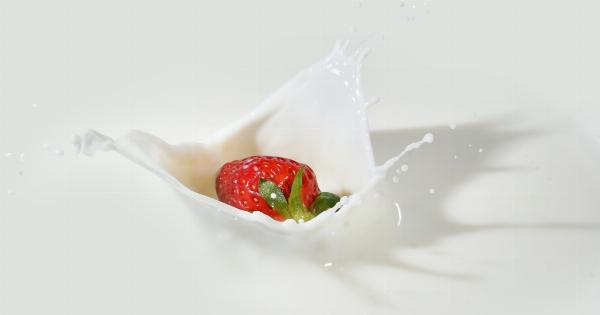Coffee is a popular beverage enjoyed by millions of people around the world. While some prefer their coffee black, many others choose to add milk or dairy alternatives to enhance the taste and texture of their cup of joe.
The addition of milk to coffee has been a long-standing tradition that dates back centuries and has cultural significance in various regions. In this article, we will explore the reasoning behind adding milk to coffee and the different factors that influence this choice.
The History of Adding Milk to Coffee
The practice of adding milk to coffee traces its roots back to the ancient world. In ancient cultures such as the Ottoman Empire and the Middle East, milk was often added to coffee to reduce the bitterness of the brew and provide a smoother taste.
The addition of milk also helped to cool down the hot coffee, making it more enjoyable to drink.
The Science of Milk and Coffee
From a scientific standpoint, the addition of milk to coffee can have several effects on the final product.
The proteins and fats present in milk interact with the compounds in coffee, resulting in changes to the aroma, texture, and taste of the beverage. The addition of milk can help to mellow out the acidity of certain coffees, making them less harsh on the palate.
Enhanced Flavor Profiles
One of the primary reasons people add milk to their coffee is to enhance the flavor profile. Milk can add a creamy and slightly sweet taste to the coffee, making it more enjoyable for those who find black coffee too bitter or strong.
The fats in milk can also coat the tastebuds, reducing the perception of bitterness and allowing other flavors in the coffee to shine through.
Texture and Mouthfeel
The addition of milk to coffee can also greatly influence its texture and mouthfeel. The proteins in milk can create a smoother and silkier texture, reducing any rough or astringent sensations that may be present in the coffee.
This can make the overall experience of drinking coffee more pleasant for those who prefer a smoother and creamier drink.
Caffeine Dilution
Another reason for adding milk to coffee is to dilute the caffeine content. Some individuals prefer to consume less caffeine due to various reasons such as sensitivity to its effects or wanting to limit their overall intake.
By adding milk, which is mostly composed of water, the coffee’s caffeine concentration is reduced, allowing individuals to enjoy the taste and experience of coffee without the full impact of its stimulant properties.
Cultural and Personal Preferences
Adding milk to coffee is not just a matter of taste; it also holds cultural significance in different parts of the world.
For example, in many European countries, including Italy and France, milk is traditionally added to coffee drinks such as cappuccino and café au lait. These cultural customs and traditions are passed down through generations and contribute to the overall appreciation and enjoyment of coffee.
Dairy Alternatives
While milk is the most common choice for adding to coffee, many people opt for dairy alternatives due to lactose intolerance, dietary preferences, or ethical reasons.
Non-dairy milk alternatives such as almond milk, soy milk, and oat milk have gained popularity in recent years. These alternatives can offer similar effects in terms of taste, texture, and dilution while catering to a wider range of dietary needs.
Professional Barista Techniques
In the world of professional baristas, adding milk to coffee is taken to a whole new level. Skilled baristas are trained in various techniques and artistry to create visually appealing and delicious milk-based beverages.
From latte art to perfectly steamed milk, these techniques elevate the coffee-drinking experience, making it not just a beverage but a form of art. The addition of milk becomes an essential component in creating these intricate and flavorful beverages.
The Impact of Milk Quality
It is important to note that the quality of the milk used in coffee can greatly affect the final product. The freshness, fat content, and overall quality of the milk contribute to the taste, texture, and overall enjoyment of the coffee.
Using high-quality milk sourced from trusted suppliers can make a significant difference in the overall experience.
Conclusion
Adding milk to coffee is a practice rooted in tradition, science, and personal preference. From ancient cultures to modern-day coffee shops, the addition of milk has become an integral part of the coffee-drinking experience.
Whether it’s for taste enhancement, texture, or cultural reasons, milk continues to play a significant role in how we enjoy our beloved cup of coffee.


























